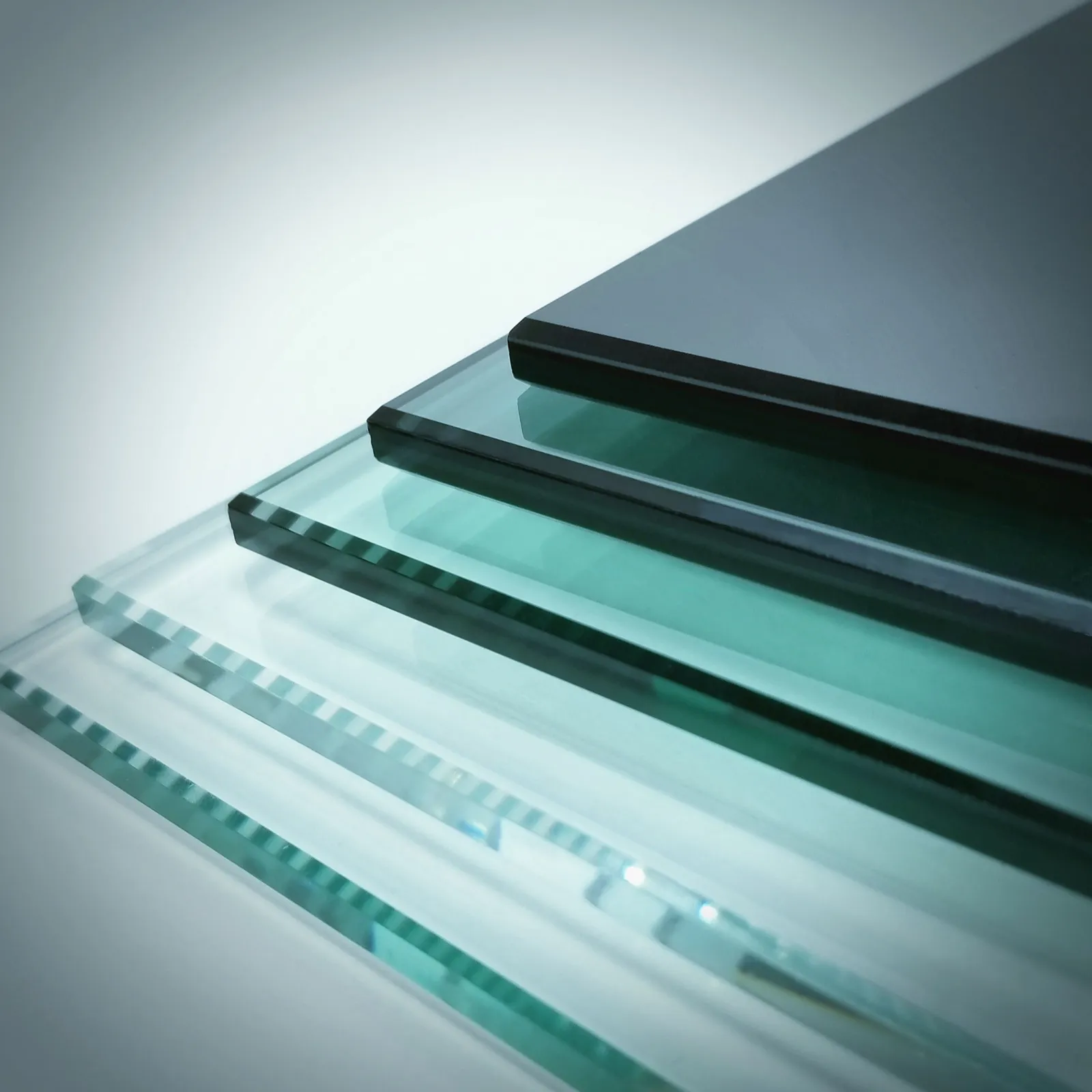

Float Glass Sheets An Overview of Their Characteristics and Applications
Float glass sheets are a fundamental product in the glass manufacturing industry, recognized for their clarity, versatility, and strength. The process of creating float glass was developed in the mid-20th century and revolutionized glass production by introducing a technique that yields sheets of glass with unmatched flatness and optical quality. This article delves into the properties, production process, and various applications of float glass sheets.
Characteristics of Float Glass Sheets
One of the defining characteristics of float glass is its smooth surface, which results from the unique manufacturing process. Float glass is produced by pouring molten glass onto a bed of molten tin. This method allows the glass to spread out evenly, creating a flat sheet as it cools. The result is a glass product that boasts exceptional uniformity in thickness and clarity. Float glass typically ranges in thickness from 2mm to 19mm, accommodating a wide variety of applications.
In addition to its aesthetic qualities, float glass exhibits excellent optical clarity, allowing up to 90% light transmission while offering minimal distortion. This makes it an ideal choice for applications where visibility is crucial, such as in windows or displays. Moreover, float glass is resistant to UV light, thereby reducing the risk of color fading in materials behind it.
Another significant property of float glass is its mechanical strength. Although it is fragile compared to some construction materials, when properly handled and installed, it can withstand considerable pressure. Furthermore, float glass can be treated or laminated to enhance its durability, making it more suitable for high-impact applications.
Manufacturing Process
The float glass production process begins with the melting of raw materials, including silica sand, soda ash, and limestone, at high temperatures. This molten mixture is then floated on top of molten tin, allowing the glass to spread evenly and form a continuous sheet. As the glass moves through the annealing lehr—a controlled cooling chamber—it gradually solidifies and is cut into standardized sheet sizes.

Quality control is paramount in this process, as even minor imperfections can lead to significant flaws in the final product. Automated systems are often employed to monitor thickness and detect any anomalies during production. Once the glass sheets have cooled and been cut to size, they undergo further treatments if necessary, such as polishing, coating, or laminating.
Applications of Float Glass Sheets
The versatility of float glass sheets enables them to be used across a myriad of industries. One of the most common applications is in residential and commercial window production. Due to its clarity and ability to insulate against heat and sound, float glass is a preferred option for energy-efficient windows.
In the automotive industry, float glass is used for vehicle windows, windshields, and mirrors due to its lightweight nature and safety features when tempered or laminated. Furthermore, the architectural design field often employs float glass for facades and interior elements, enhancing the aesthetic appeal of buildings while allowing natural light to permeate spaces.
Other notable uses include in the manufacturing of glass doors, shower enclosures, glass furnishings, and display cases. Additionally, advancements in technology have led to the development of specialized float glass products, such as low-emissivity (Low-E) glass, which reflects infrared light, thus improving energy efficiency in buildings.
Conclusion
Float glass sheets represent an essential component in modern architecture and design, due to their superior qualities and functionality. As technology continues to advance, the applications of float glass will only expand, ensuring that it remains a staple in many sectors. Understanding its properties and production methods allows consumers and industries to harness the full potential of this remarkable material.